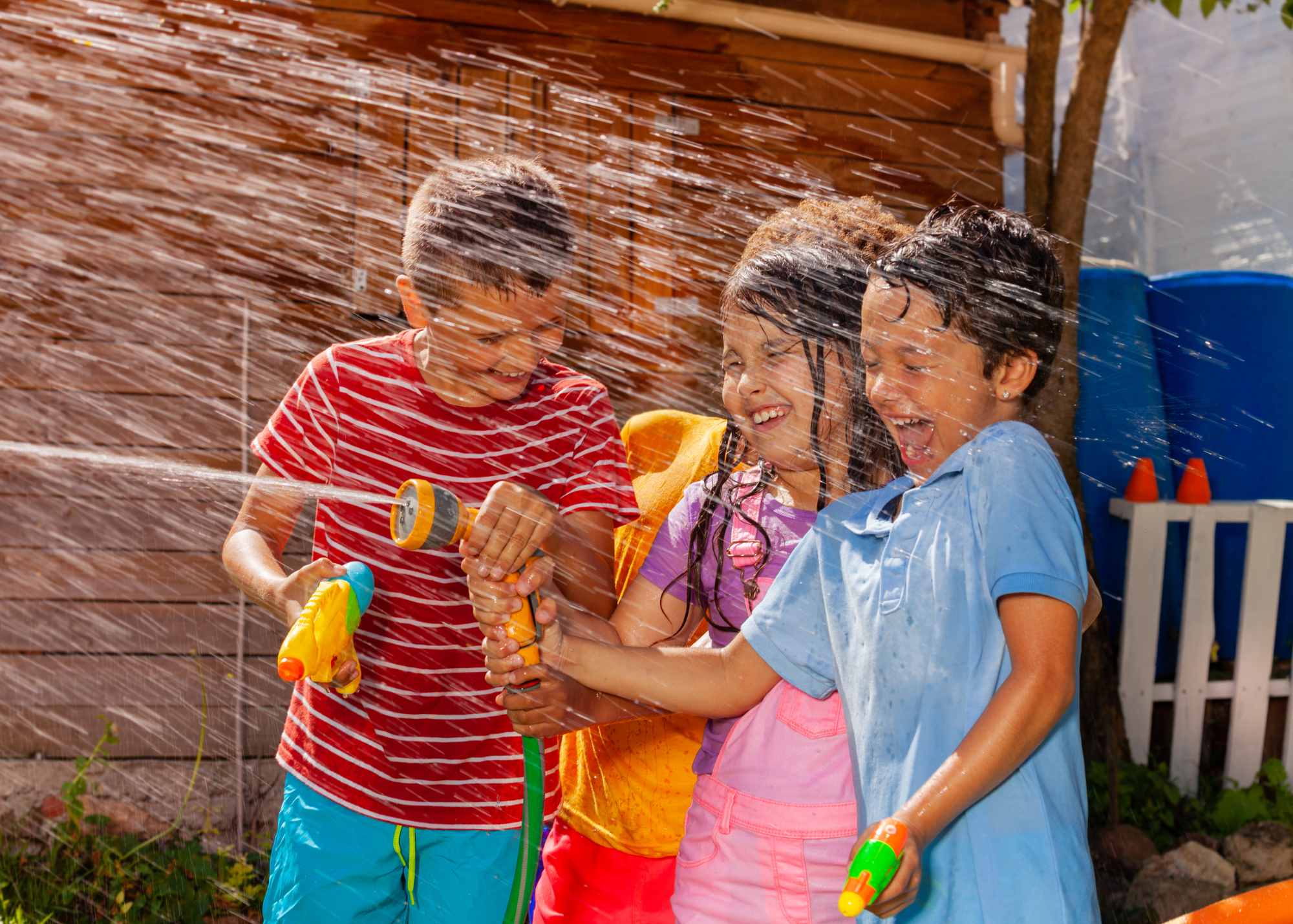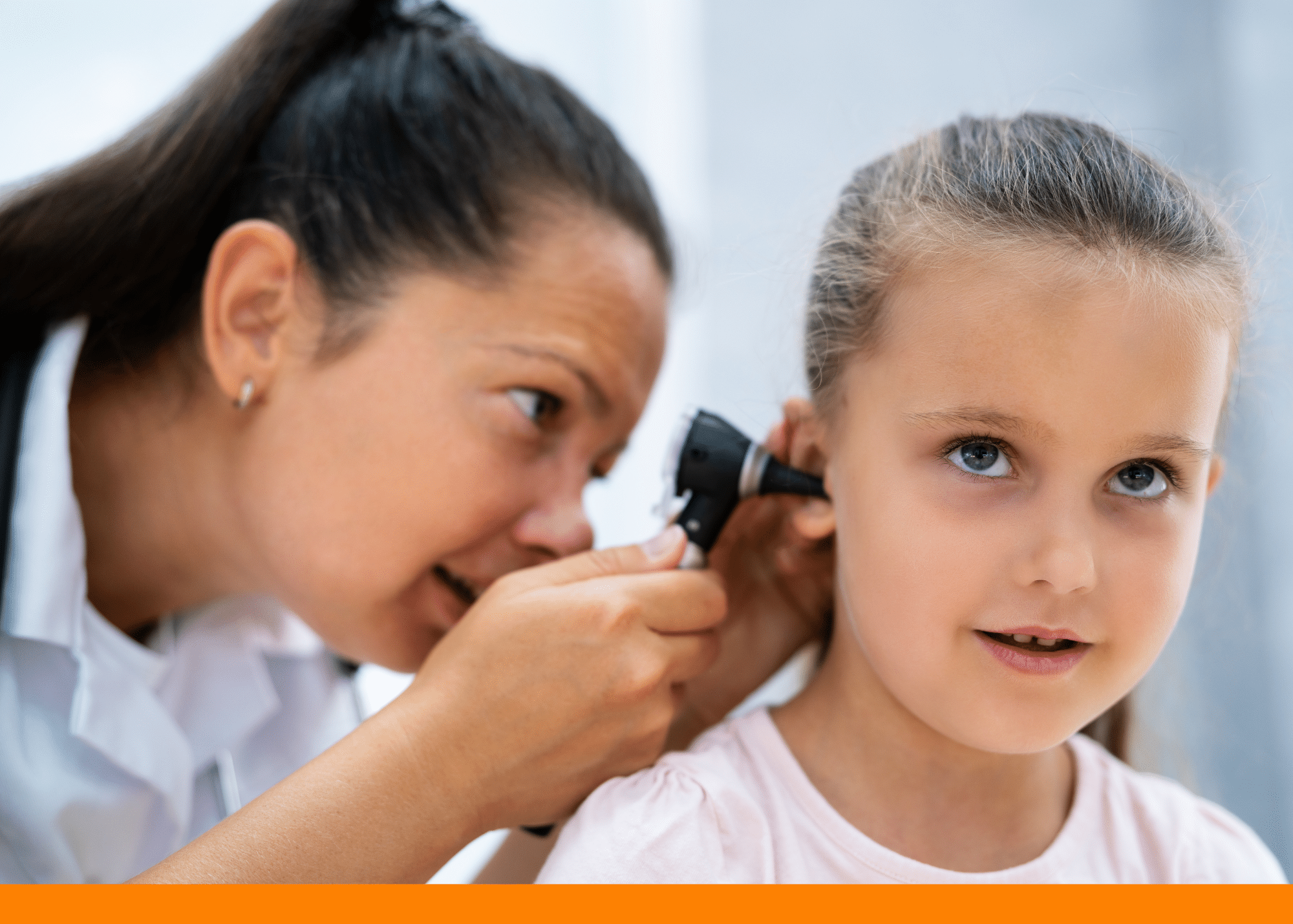
IS IT TOO HOT TO PLAY?
By: Kevin Stallworth, Nurse Practitioner
Southeast summers can be hot and steamy. As much as we all love to spend time outside, enjoying special moments with our children while they are out of school, it’s important to keep in mind that children can get very hot in a short amount of time.
That doesn’t mean you have to forgo your favorite family activities. It just means you need to plan ahead, know what to do to protect your family and be aware of signs that your child may be overheating. We love to see families staying active together, so we pulled together some key tips to ensure a fun and safe summer for all.
CONSIDER HEAT FRIENDLY ACTIVITIES
When temperatures rise, running around in the direct sun can put your child at risk of overheating and dehydration. We normally recommend you try to schedule those type of activities early in the morning or the evening when it can be a bit cooler. You can learn more about how to present heat stroke and what signs to look for here.
Another alternative is water activities, like visiting your community pool. Even at extreme temperatures, swimming, playing with water toys or enjoying the local water park can be a great option. As your children enjoy water activities, make sure you know the signs and symptoms of swimmer’s ear. You can learn more here.
NOT ALL HEAT IS CREATED EQUAL
Parents should pay attention, not only to the temperature, but also the humidity levels which impact the heat index. This can be a better indicator for the intensity of heat and the danger it can pose. The National Weather Service relies on the heat index to let people know how much heat the human body can handle before it becomes dangerous.
As the humidity rises, it becomes more difficult for our bodies to sweat, which is our natural way of keeping cool, putting us at greater risk for heat stress related issues.
It’s also important to note that the temperature doesn’t have to be extreme for us to be at risk. According to The National Weather Service, a temperature of just 86 paired with 90% humidity puts us in a dangerous heat index zone.
NEVER SKIMP ON SUNSCREEN
Protecting your children with sunscreen is a must during summer months. Aim for SPF 30 or higher and apply 20 minutes prior to sun exposure. And don’t forget to reapply every 2 hours.
You can also provide your child with sunglasses to protect their eyes and a hat with a broad rim to block the rays.
DEHYDRATION IN CHILDREN
During the summer, children are especially susceptible to dehydration and may not always be able to appropriately express their thirst. Children are more prone to higher fluid loss from sweating, especially in hot and humid weather, because they are more likely to be active throughout the summer, participating in outdoor activities, sports, and play. When kids are away from home at summer camps, gatherings, or the playground, it’s crucial to make sure that water is easily accessible to encourage regular hydration. Learn more here.
WARNING SIGNS TO LOOK FOR
It’s also important as parents and caregivers to recognize warning signs of overheating. In babies you might see fever, decreased wet diapers, or being more cranky and tired than normal. For older kids you should also look for nausea, light headedness, muscle spasms or extreme thirst. If you notice any of these signs, give your child plenty of fluids and reach out to your pediatrician. If this happens in the evening or on the weekend when your doctor’s office is closed, the pediatric trained team at Urgent Care for Children has you covered!
Enjoy your summer and added time with your family—but be smart and keep everyone safe, healthy, and happy!



